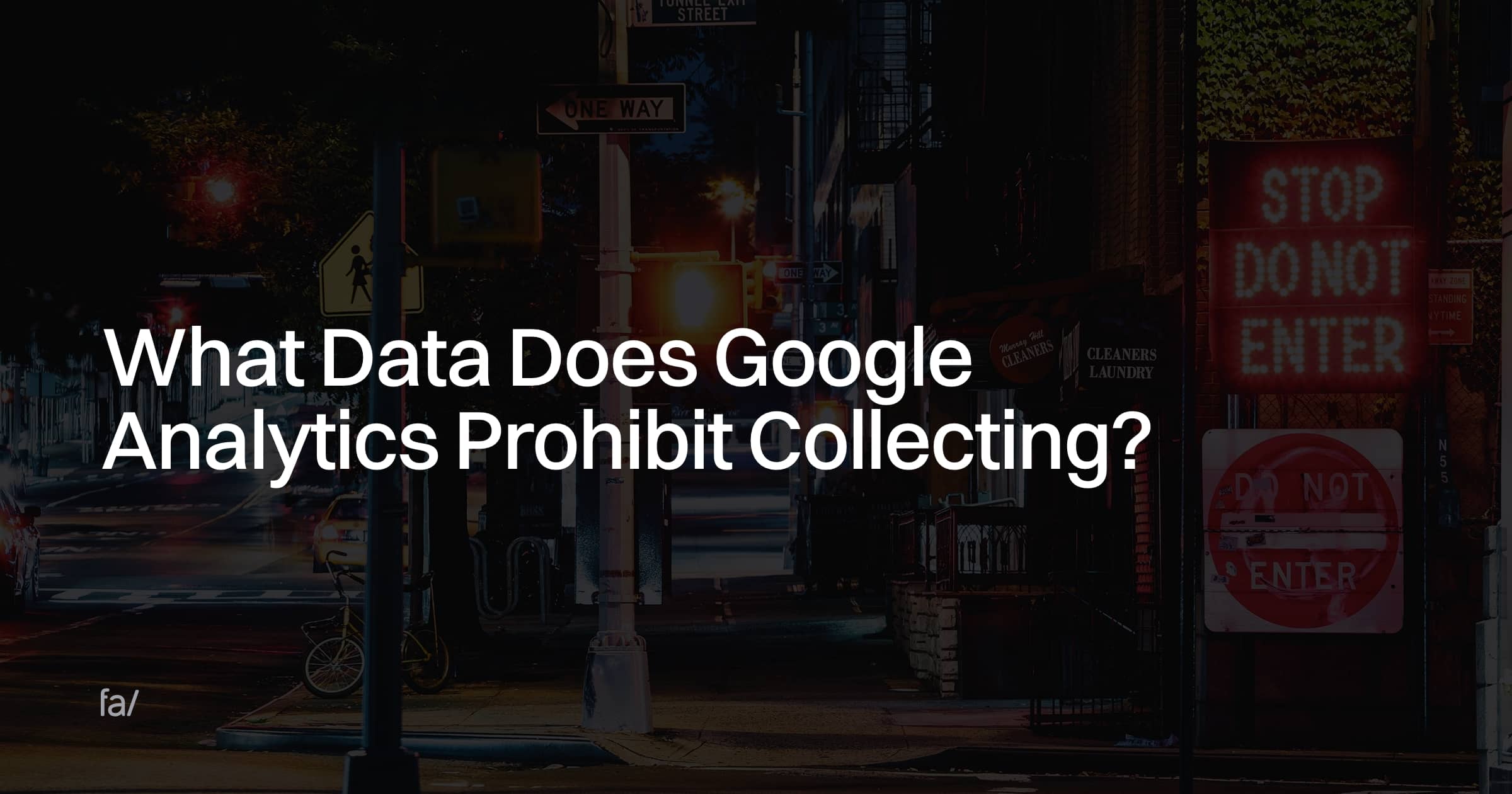Debunking Google Analytics: What Data Does Google Analytics Prohibit Collecting?
Debunking Google Analytics: What Data Does Google Analytics Prohibit Collecting?
Blog Article
Mastering the Art of Overcoming Data Collection Limitations in Google Analytics for Better Decision-Making
In the realm of electronic analytics, the ability to remove significant understandings from data is vital for notified decision-making. By using advanced techniques and calculated methods, organizations can elevate their information quality, unlock hidden insights, and lead the way for more efficient and informed decisions.
Information High Quality Evaluation
Information top quality evaluation includes evaluating different facets such as precision, completeness, uniformity, and timeliness of the information. One vital aspect to take into consideration is data accuracy, which refers to exactly how well the information mirrors the real values of the metrics being gauged.
Efficiency of information is another crucial variable in assessing information quality. Uniformity checks are also essential in information quality evaluation to recognize any type of inconsistencies or abnormalities within the data set. By focusing on information quality analysis in Google Analytics, companies can boost the reliability of their analytics records and make more enlightened decisions based on exact insights.
Advanced Monitoring Techniques
Making use of sophisticated monitoring strategies in Google Analytics can dramatically boost the deepness and granularity of information gathered for more comprehensive evaluation and understandings. One such method is event tracking, which permits the monitoring of details communications on a web site, like clicks on switches, downloads of files, or video clip sights. By applying event tracking, services can obtain a much deeper understanding of user actions and involvement with their on-line content.
Furthermore, custom-made measurements and metrics provide a means to tailor Google Analytics to specific company requirements. Custom-made measurements permit the production of new information points, such as user roles or customer sectors, while custom-made metrics allow the tracking of special efficiency indications, like profits per individual or ordinary order value.
Moreover, the use of Google Tag Manager can simplify the execution of tracking codes and tags throughout a website, making it easier to manage and release advanced tracking setups. By harnessing these sophisticated monitoring strategies, organizations can unlock useful understandings and enhance their on the internet techniques for better decision-making.
Custom Dimension Implementation
To enhance the deepness of data gathered in Google Analytics past sophisticated monitoring methods like event monitoring, organizations can apply custom-made dimensions for more customized understandings. Custom-made dimensions permit organizations to specify and accumulate certain information factors that are appropriate to their unique objectives and objectives (What Data Does Google Analytics Prohibit Collecting?). By assigning custom measurements to various aspects on an internet site, such as customer interactions, demographics, or session information, services can acquire an extra granular understanding of just how customers involve with their on the internet buildings

Acknowledgment Modeling Strategies
By using the best acknowledgment design, services can properly attribute conversions to the proper touchpoints along the consumer journey. One typical acknowledgment model is the Last Interaction model, which provides credit for a conversion to the last touchpoint an individual engaged with you could try these out prior to transforming.

Data Testing Avoidance
When handling big volumes of data in Google Analytics, getting rid of information tasting is vital to make certain accurate insights are derived for notified decision-making. Data sampling happens when Google Analytics estimates patterns in data instead of assessing the complete dataset, potentially leading to skewed results. To avoid data sampling, one reliable approach is to reduce the date array being assessed. By focusing on shorter time frameworks, the chance of running into experienced information decreases, giving a much more accurate depiction of customer habits. Additionally, utilizing Google Analytics 360, the costs version of the system, can assist reduce tasting as it permits higher information thresholds prior to sampling begins. Implementing filters to tighten down the data being evaluated can additionally help in avoiding tasting problems. By taking these proactive actions to minimize information tasting, organizations can draw out a lot more exact insights from Google Analytics, leading to much better decision-making and improved general performance.
Conclusion
In conclusion, grasping the art of getting over data collection restrictions in Google Analytics is important for making notified choices. By performing a complete data high quality analysis, executing sophisticated monitoring techniques, using customized measurements, using attribution modeling methods, and staying clear of information tasting, organizations can ensure that they have dependable and precise information find here to base their choices on. This will ultimately cause more reliable techniques and much better results for the organization.

Report this page